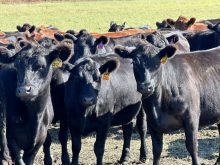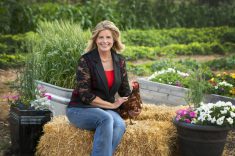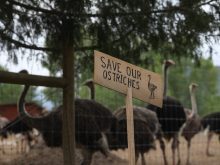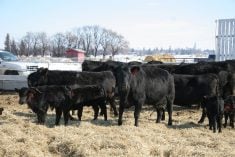Alberta’s farm leaders may not agree on the decision, but they do agree that if the Canadian Wheat Board’s monopoly is to end, thinking through the results of the change and working now to prepare for the future is vital.
“Let’s take the politicking and passion out of it,” says Wild Rose Agricultural Producers’ President, Humphrey Banack. “This step is irreversible. We want to make sure the things that are done are best for producers.”
Top of mind for most producers is grain price if the CWB isn’t their only marketing option. While no one can say with certainty that moving away from a single desk marketing system will result in better prices for farmers, increased competition will “give farmers the opportunity to market grain how they want, whether by the CWB through the pool, or by cash prices,” says Alberta Grains Council chairman, Greg Porozni. “And, it’ll be much more transparent with basis levels determined by different companies on different days.”
Read Also
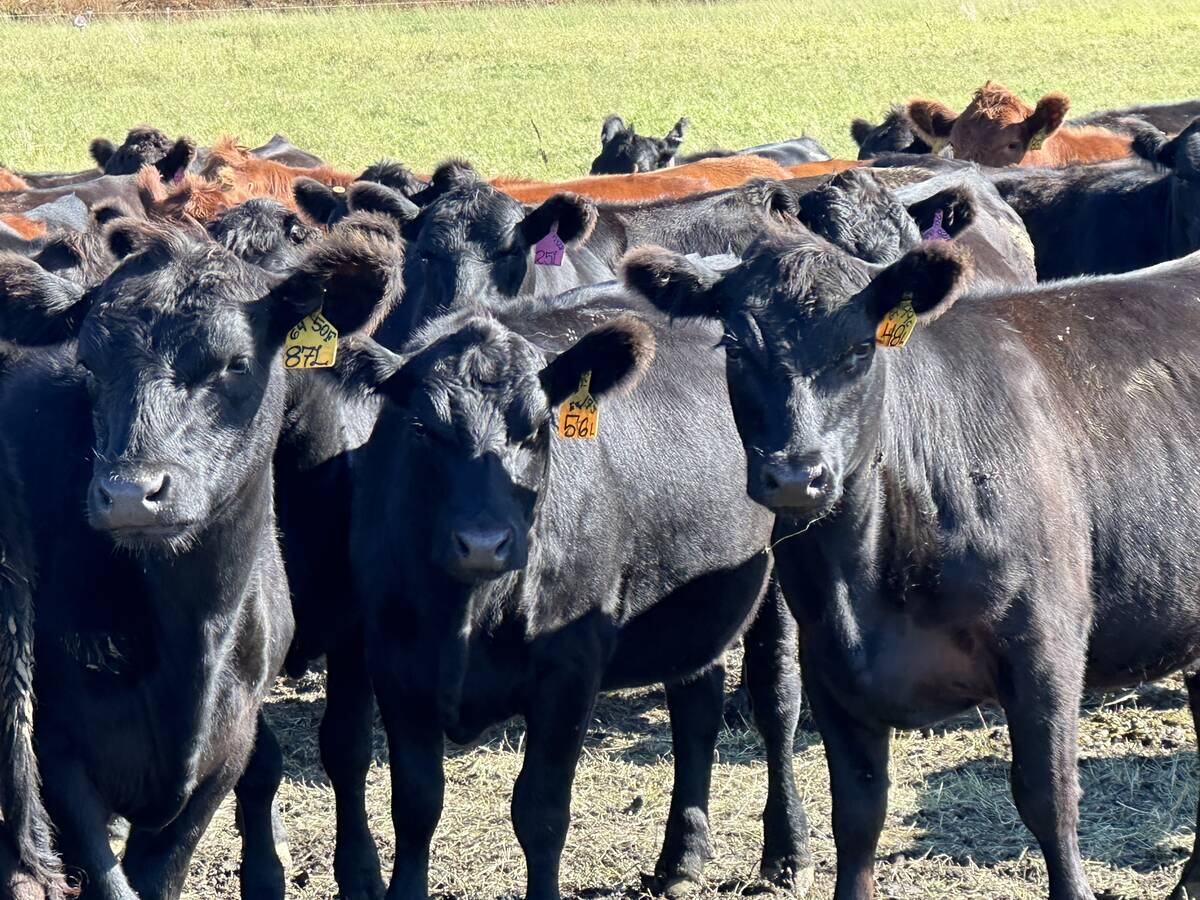
Want to track the cattle industry? Follow the heifers
Beef specialists examine key indicators in Canadian market for growth patterns in cattle markets
One concern is whether producers will be able to receive advance payments outside of the CWB. “We’re not saying the CWB is the only one who can do (advance payments),” says Banack. But he adds that at this point, no one else is set up to do so.
Another question is what will happen to rail costs without the CWB’s freight adjustment factors, which are adjusted every year depending on the proportion of crop expected to move east or west. Alberta producers shipping via Vancouver may pay less, but those shipping east through Thunder Bay would pay more.
Alberta Barley Commission’s CEO Mike Leslie says that for Alberta barley growers, shipping costs will depend on proximity to maltsters, most of which are in Calgary or Saskatoon, or to feedlots, most of which are in the Lethbridge area.
“The guys in central Alberta will be relatively unaffected,” says Leslie. “But, if you’re in the Peace River country and you have to truck, it might not be as lucrative as sending it to the board.”
Short lines and advocacy
A change in the CWB’s monopoly also opens questions about the viability of farmer owned short-line railways like the one between Camrose and Alliance. “Farmers have invested over $3 million in that rail line. We want to make sure we don’t lose it,” says Banack.
Much of the grain shipped from these lines is in producer cars, virtually all of which are board grain which the CWB accepts against its sales. Producer car shippers fear that if grain companies are making the sales, they will insist that it be handled through their facilities.
The biggest area of concern for both Leslie and Banack is what Leslie calls “collateral damage.” The CWB funds market development through the Canadian International Grains Institute, challenges trade sanctions, and through checkoffs, funds breeding and research through the Western Grain Research Foundation. Even if the CWB continues in some smaller form, how checkoff could be collected fairly from all producers is a difficult challenge.
More processing not certain
Producers hoping to see more grain-processing plants built in Alberta because of increased grain marketing flexibility won’t likely be satisfied anytime soon, say Banack and Leslie.
“The maltsters say they could expand production if they didn’t have to deal with the board. But, I don’t believe it’s a silver bullet that would happen overnight,” says Banack. “We see manufacturing in most sectors shrinking in Canada because of increasing costs like labour and transportation. I’m not a big believer that this kind of processing can happen in Canada,” he adds. “Transportation is a big cost when you have a finished product. It would be awfully costly to get it off the Prairies.”
Even if pasta or malting plants were destined for Alberta, “change is slow,” says Leslie. “It would be 10 or 15 years to build a plant.”
If the government does do away with CWB’s single-desk marketing powers, it’s likely more Alberta grain would flow across the U.S. border initially. However, as Leslie points out, it’s not in Viterra or Cargill’s interests to see too much going across line.
Leslie anticipates one other big change if the CWB loses power. “We don’t have an Alberta Wheat Commission (red or spring). We’re going to see the formation of that.”
Leslie says that will be particularly good for the few remaining soft wheat growers. “If there was wheat commission, soft wheat might be able to survive in Alberta.”
One thing is sure, say Banack, Porozni and Leslie. The politics surrounding the potential demise of the CWB are overshadowing producers’ needs.
“We’re calling for a producer plebiscite on the future of the board. It’s a co-operative of western Canadian farmers (with a) farmer-elected board of directors,” says Banack. “It’s distressing to us that government is stepping in.”
“We’re very concerned about the attitude the wheat board is presenting right now,” says Porozni. “Frankly, it’s a major concern for farmers. (The wheat board) should be planning for the future and working closely with the federal government so that they succeed in the future.”
“There’s a lot of brinkmanship – waiting to see who’s going to blink first – going on between the wheat board and federal government,” says Leslie. “It’s in the wheat board’s interest to show that if it closes, it won’t look good on the federal government. But, it’s not in the government’s interests to give too much too soon. We’ll see how it shakes out.”


